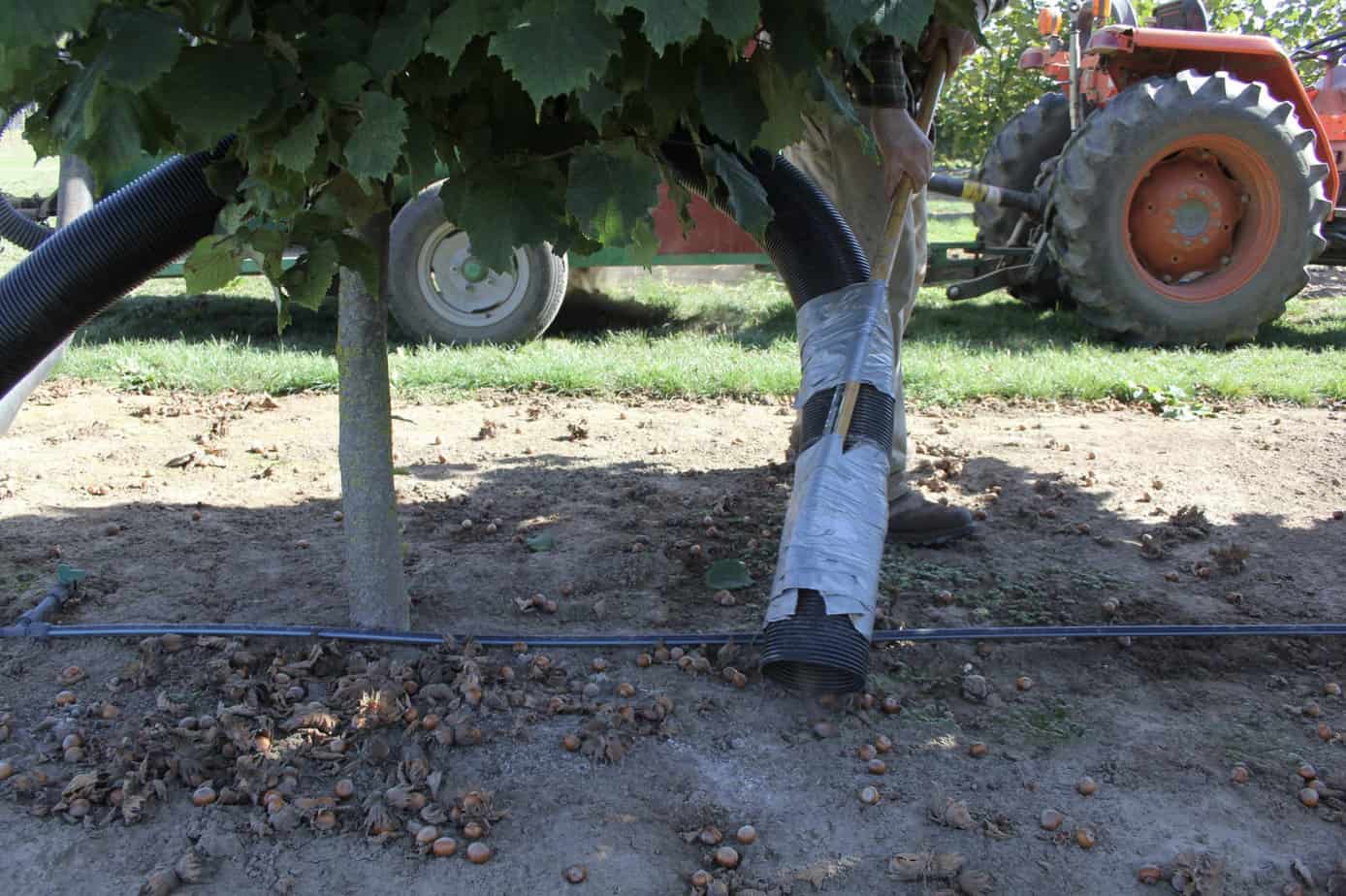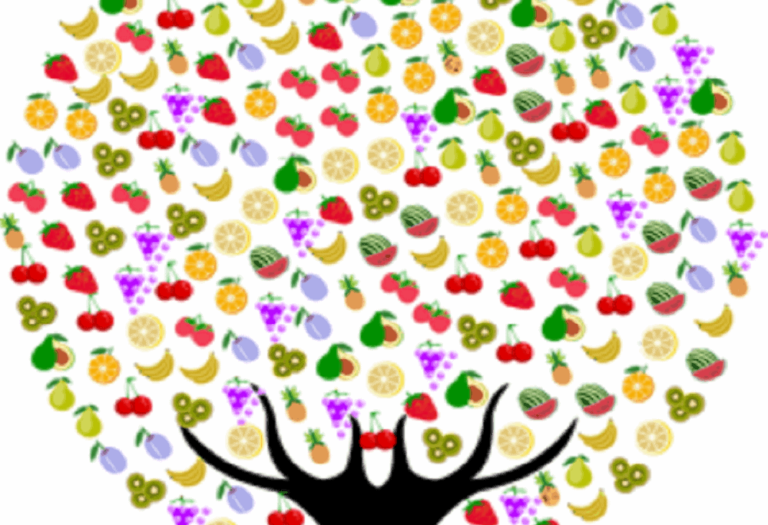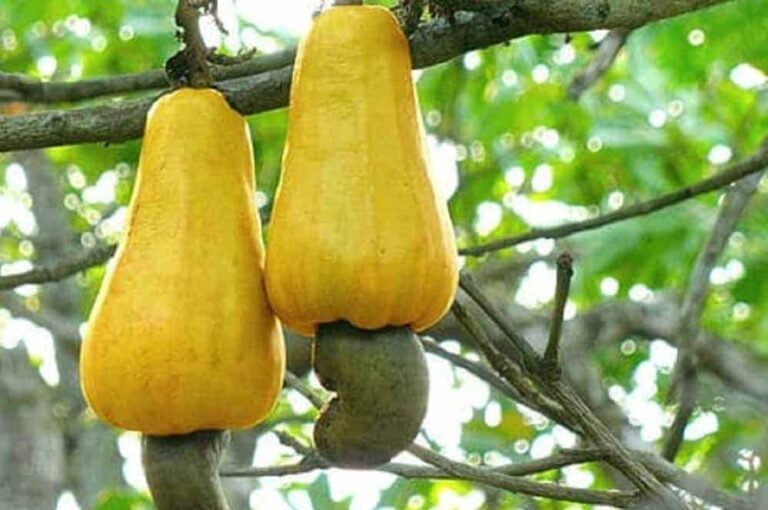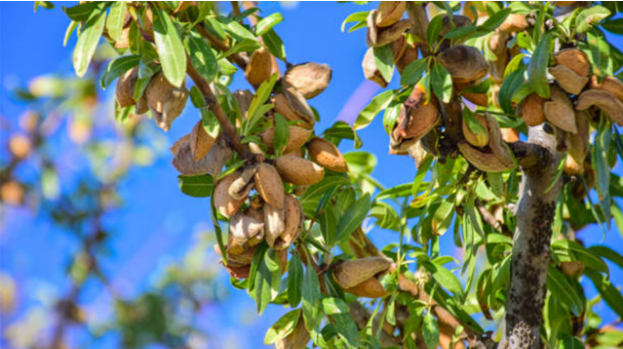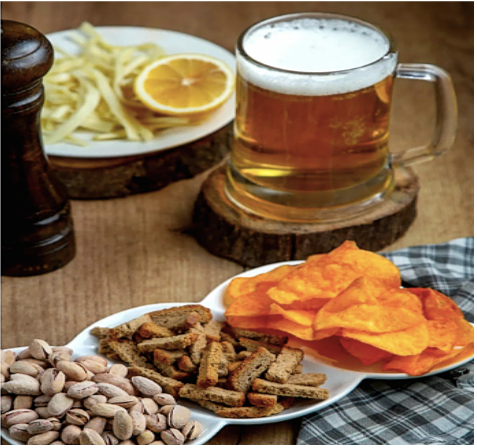Your cart is currently empty!
The Changing Face In The History Of Hazelnut Production
Filberts with the species names Corylus Avellana and Corylus Maxima started growing in Europe and Western Asia. Perhaps, the first written history comes from the Balkans. Most commonly in America, we call them Hazelnuts. Definitely, through domestication and hybridization, we can see that many improved varieties are the basis of today’s commercial hazelnut industry. This spread through western Europe into England and east through Turkey. Also, brought to North America and is flourishing in Wisconsin, Oregon, and Washington.
Past Research On The History Of Hazelnut Production
Some European filberts, especially those in Yugoslavia, are similar in shape to the small American hazelnuts. The economy is such that, despite the small size, hundreds of tons are gathered and cracked by industrial means. In Eastern Europe, the variety growing in America is imported due to a better price and a similar taste. These are the American hazelnuts (Corylus Americana) and the beaked hazel (C. Rostrata) native to the northeastern and middle western parts of the United States.
Hazelnuts are of very ancient culture. Old Chinese manuscripts indicate their use is as old as agricultural history, going back nearly 5,000 years. Previously, hazelnut culture would have representation in the cultures of the ancient Greeks and Romans. In fact, the belief was these nuts have medicinal qualities and food value. Through centuries of selection, cultivated types and clones have been secured and propagated in various countries where the European hazels have been native. Following this, the culture extended to areas beyond their natural range with favorable climate and soil conditions.
China Hazelnuts Are Shipped To America. America Hazelnuts Are Shipped To Eastern Europe.
In a strange industry turn, America imports many tons of inexpensive hazelnuts from China to meet the demand. In 2021, exports of hazelnuts were worth a total of $2.4 billion. Almost all go to Europe. Because of the demand by Eastern Europeans, they are being replaced by the Corylus avellana that more commonly grows in Europe. Since Americans export so many hazelnuts, we must compensate for the loss with inexpensive hazelnuts grown in Western China.
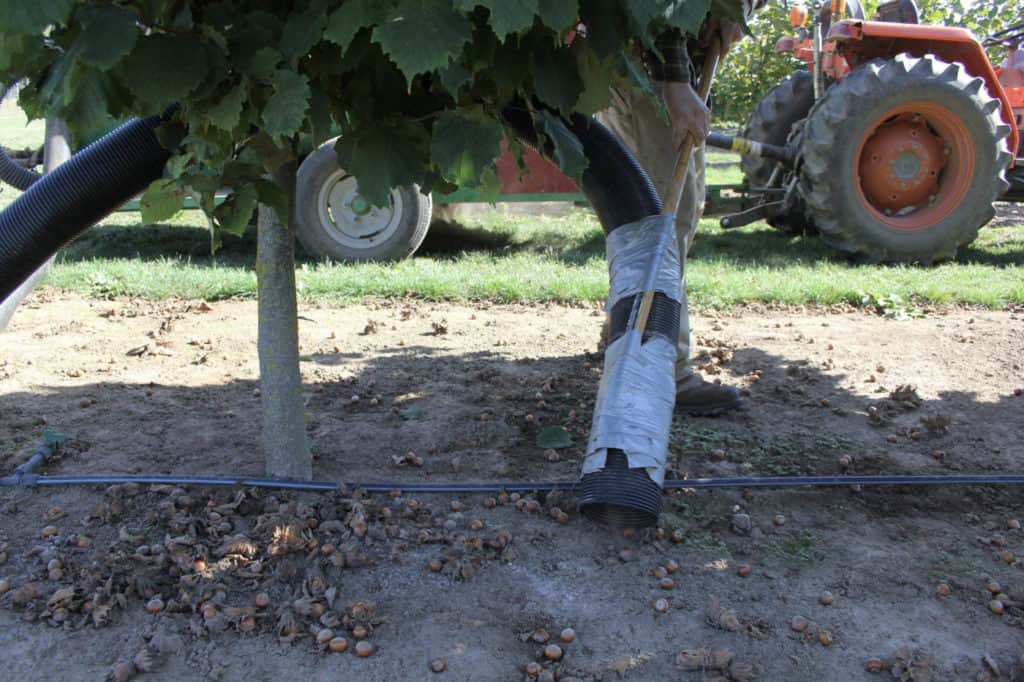
The plants that hazelnuts grow on are sprawling fields of shrubs. They do not require ladders to get to the braches like other nuts. Making them a favorite for four-legged animals to eat. They are scattered in the margin of woodlands. Farmers prefer that they grow in rows for watering. The nuts from the wild plants, with few exceptions, are small and hardly worth gathering. The producing varieties of the hazelnut trees grow so many more hazelnuts than the wild varieties that their numbers are shrinking. The wild nut trees are still abundant and furnish food for all kinds of wildlife.
North America Starts Farming Hazelnut Trees A Century Ago
The history of hazelnut production shifted when America started to produce about 3% to 4% of the current hazelnut crop. The American variety of hazelnuts has the valuable characteristic of being extremely hardy, its range extending into the far north of Canada. however, a thick shell might make the American hazelnut better against the effects of climate change. These nuts are described as small and very hard-shelled to withstand harsh weather. Furthermore, customers prefer them over the less edible chinquapins or beechnuts. The wild hazelnut trees vary in size and grow on dry, rocky hillsides. They never exceed eight feet in height.
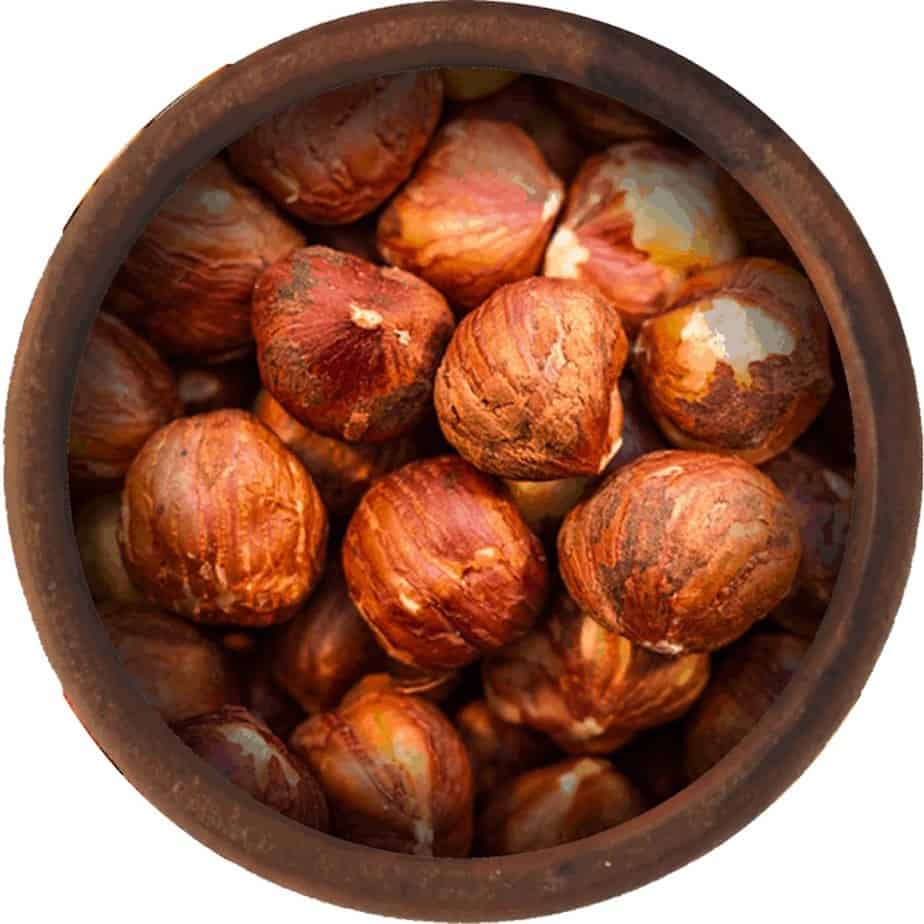
Filbert and hazelnut are used in the language where they are interchangeable to include all plants in the genus Corylus. The first written use of the word hazelnut was in 1887. Then used again in 1949 and 1956 in manuals on cultivated plants. Currently, the word hazelnuts is the common name for this food, and many people in 2023 do not even know what a filbert is.
The name filbert is supposed by some to have originated from “full beard,” referring to the fact that with some varieties, the husk entirely covers the nut. By others, it is thought to have been derived from St. Philibert, as August 22 is dedicated to him, a date that corresponds in England to the ripening date of the earliest filberts.

The most significant commercial varieties grown today are Corylus Avellana and Corylus Maxima, both of European origin and the oldest varieties. The beaked hazel, Corylus Cornuta, a very hardy species, is widespread in North America. Its counterpart on the Pacific Coast has not found a use commercially.
Top Locations For Hazelnut Production Worldwide
The areas where the hazelnut grows commercially are relatively small. In comparison to the large areas where the plants grow wild. In parts of Yugoslavia, thousands of acres of hazel scrub produce very small, thick-shelled hazelnuts. These farms in Yugoslavia have a restriction from the government to only grow in their climatically favorable areas along the Adriatic coast. The most significant production in Europe of hazelnuts is in Turkey, along the south shore of the Black Sea. The earthquake of 2023 will certainly change the outlook for production and affect the modern history of hazelnut production in Turkey.
Other European exporting areas are southern Italy and Spain. Considerable quantities are also produced in parts of Germany, France, and Kent, England. Most hazelnuts are consumed in the countries where they are grown. The rest will ship to Eastern European countries for the holidays in the Winter. Their hazelnut demand is huge. Feel free to look up the recipes for Strukli, Cakcak, and Churchkhela.
During the past half century, a commercial hazelnut industry has developed on the Pacific Coast of America in the United States in Oregon and Washington, producing 3% to 5% of the world’s hazelnuts. Wisconsin, Minnesota, and Iowa collectively comprise about one percent of the world’s production. Undeniably, led by the company American Hazelnut in Wisconsin.
Currently, the majority of American hazelnut consumption is domestic. But, the remaining amount will ship to Eastern Europe for their consumption in various products. On the whole, hazelnuts make up 20% of the entire production of nuts worldwide.

